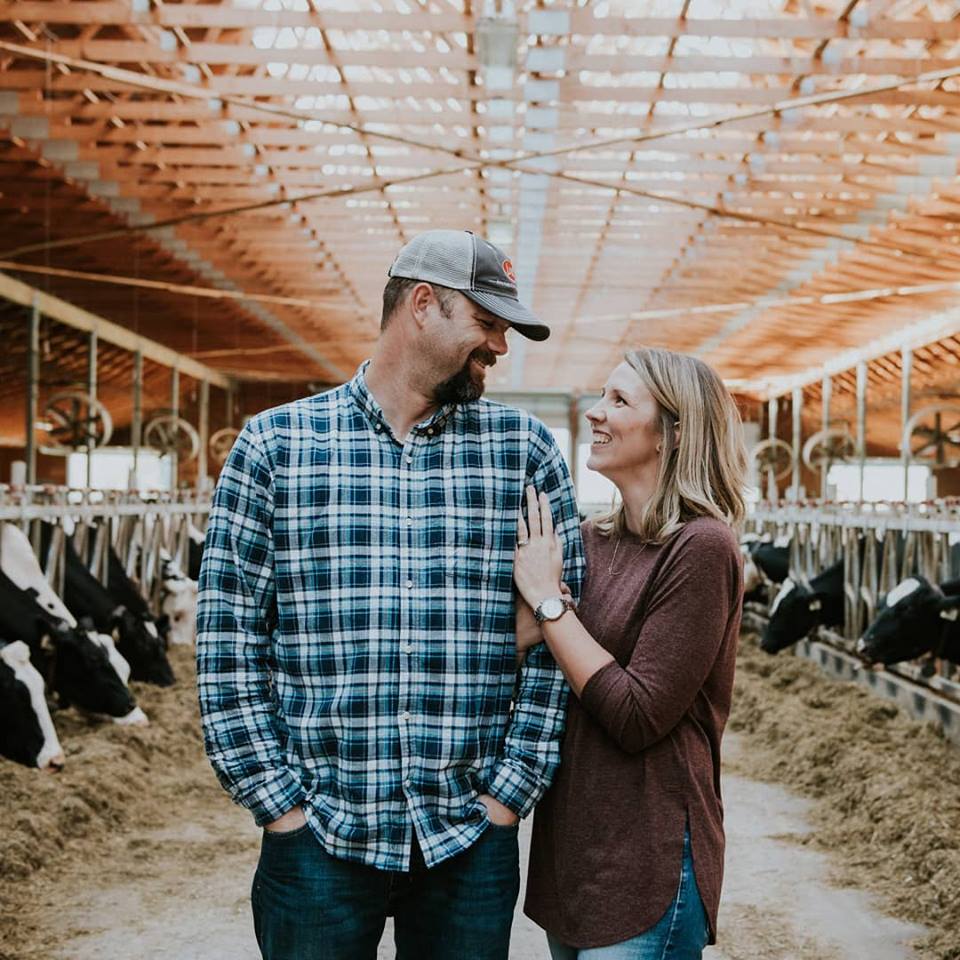LUMBY – Some local governments in the Okanagan are facing a “green rush” as proposals blossom to meet the demand for recreational cannabis.
Regional District of North Okanagan (RDNO) planning and building general manager Rob Smailes said changes made to its zoning bylaw to address the Access to Cannabis for Medical Purposes Regulations in 2016 are now being adjusted to deal with the legalization of recreational cannabis this past October.
“What we’ve said from our perspective is growing cannabis is cannabis; whether it’s for medical or recreational purposes, it ought to be regulated,” Smailes says.
RDNO’s zoning bylaw allows for cannabis production facilities in industrial zones. Cannabis production is an acceptable use within the Agricultural Land Reserve (ALR), though a new regulation introduced July 13 requires that all production systems now be soil-based.
RDNO is currently dealing with about six proposals for cannabis production facilities within the ALR. Two propose concrete foundations, contrary to the new regulation, and RDNO has requested they submit an application for a non-farm use to the Agricultural Land Commission (ALC).
“There’s some frustration, certainly, on some of these people’s behalf,” says Smailes. “A couple of them made it past the post; a couple of them didn’t. One’s trying to do something, trying to get [ALC] approval; the other’s trying to find a way around it by using a different type of building.”
The proposal with a soil floor is basically using large steel screws to anchor the greenhouse frame to the ground, Smailes explains.
One of the concrete-based proposals is a 52,718-square-foot production facility and 10,000-square-foot processing facility Kosha Projects Inc. is proposing for Pleasant Valley Road in Spallumcheen. RDNO handles planning and building services for Spallumcheen, and decided to forward the plans to the ALC for consideration.
RDNO’s regional agricultural advisory committee (RAAC) recently considered the other proposal using concrete, from Green Amber (Canada) Corp., to create a facility of approximately 100,000 square feet on Shafer Road in Electoral Area D near Lumby, and recommended that it be forward to the ALC with a vote of six to five.
Committee members expressed a number of concerns about the proposal, including its overall benefit to agriculture, the size of the concrete footprint, and why the non-farm use covers the entire acreage rather than just the building footprint.
The Electoral Area Advisory Committee opted to defer consideration of the proposal on December 6 until there was “more info on water and a public meeting.”
ALR rules curbing proposals
Kelowna’s community planning department manager Ryan Smith said a number of cannabis production facilities have been approved on industrial land within the city but it has no such proposals within the ALR. He says the province’s new regulation likely curbed such plans.
“It’s made it more difficult, and that’s probably a good thing,” Smith says.
With the value of agricultural land much lower than industrial land, Smith has concerns that any loopholes for establishing these facilities in the ALR would be destructive for the local tree fruit industry.
“I think there’s room to work together if cannabis is on industrial land,” he adds.
Regional District of Okanagan-Similkameen (RDOS) planning supervisor Christopher Garrish says one of the two proposed production facilities in the ALR within his regional district has a building permit for a foundation while the other has yet to get a building permit.
“They are aware of the ALC’s requirements and one of them has amended their plans accordingly,” he said. “The other one has not yet submitted for a building permit so I am not sure how they are going to address the requirement for the soil floor.”
ALC director of policy and planning Martin Collins said the commission has yet to consider an application for a recreational cannabis production facility but sees them going into two streams: those with concrete bases requiring a non-farm use and those with soil bases.
He has concerns about proposals that veer away from a greenhouse concept.
“I would think the commission would be fairly sympathetic to a greenhouse type, concrete base facility and less sympathetic to a dark facility…a facility with no translucent roof or walls,” he explains. “I don’t think they’d be supportive of just maintaining properties for agricultural use in the long term because inevitably many will fail. And when they fail, what will happen to those buildings? One hundred thousand to a million square feet? Nothing agricultural is ever going to happen in them.”
Collins also questions the viability of growing cannabis with a soil base when mould, mildew and bugs are a constant concern with such a crop.
“This idea to try and design their way out of the regulations may be a bit of a problem. I’m not sure if they can realistically grow in the kind of facility the regulation demands,” he notes.
Greenhouse conversions
While the ALC does have a few such applications in the queue from more rural regions like the RDNO, Collins sees the majority of such facilities being established in already-licensed medical cannabis operations and crop greenhouses converted to grow marijuana in areas like the Fraser Valley where it won’t result in too much conflict (the use of pre-existing crop structures does not require ALC approval).
“That’s probably where most of the actual real production is going to take place,” he says. “But if you’re in an area that’s all forested and somebody clears 40 acres and puts up 250,000 square feet of industrial building, that would get people pretty excited.”
Smailes expects to hear from neighbouring property owners when these proposals arise but, as a farm use, cannabis facilities do not require a public hearing, only ALC approval. However, the regulations has raised questions.
“As a result, that creates uncertainty and it certainly means conflict,” he says.
In fact, neighbours upset with the Green Amber proposal attended the RAAC meeting and an online petition to quash the project started soon after the meeting. It has attracted more than 350 signatures.
Cannabis legislation has not demanded excessive staff time at the RDOS, Garrish says, but West Kelowna has a ‘go-to’ person in the planning department for such information. RDNO employs a planning staff member full-time on cannabis inquiries and applications.
“We’ve spent an inordinate amount of time and money and resources on this,” adds Smailes. “There’s a lot of activity around us. We’re calling it the new green rush.”
Smailes expects greater clarity once the initial proposals are processed and proponents better understand the requirements.
“We’ll see if the [RDNO] board decides to send the proposals on to the [ALC] for their decision or not and, if they do, what the commission does,” he says. “That first one wil


